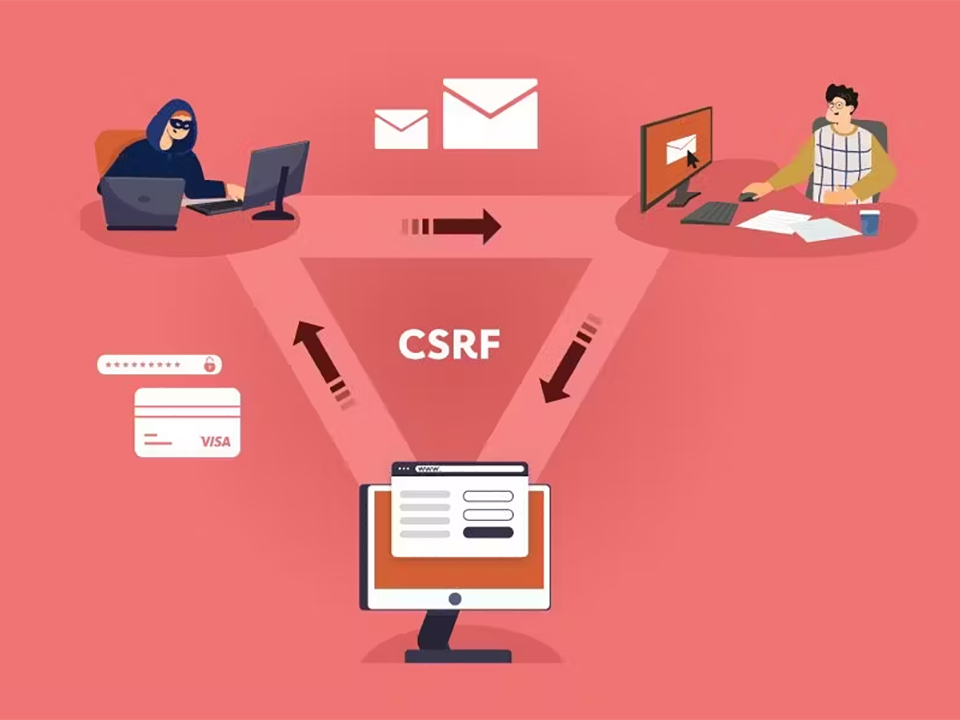

Jan 24, 2024

What is Cross-Site Request Forgery?
Cross-Site Request Forgery (CSRF) is an attack that forces authenticated users to submit a request to a Web application against which they are currently authenticated. CSRF attacks exploit the trust a Web application has in an authenticated user.
(Conversely, cross-site scripting (XSS) attacks exploit the trust a user has in a particular Web application). A CSRF attack exploits a vulnerability in a Web application if it cannot differentiate between a request generated by an individual user and a request generated by a user without their consent.
How does Cross-Site Request Forgery work?
An attacker’s aim for carrying out a CSRF attack is to force the user to submit a state-changing request. Examples include:
Submitting or deleting a record.
Submitting a transaction.
Purchasing a product.
Changing a password.
Sending a message.
Social engineering platforms are often used by attackers to launch a CSRF attack. This tricks the victim into clicking a URL that contains a maliciously crafted, unauthorized request for a particular Web application. The user’s browser then sends this maliciously crafted request to a targeted Web application. The request also includes any credentials related to the particular website (e.g., user session cookies). If the user is in an active session with a targeted Web application, the application treats this new request as an authorized request submitted by the user. Thus, the attacker succeeds in exploiting the Web application’s CSRF vulnerability.
A CSRF attack targets Web applications failing to differentiate between valid requests and forged requests controlled by attacker. There are many ways for an attacker to try and exploit the CSRF vulnerability.